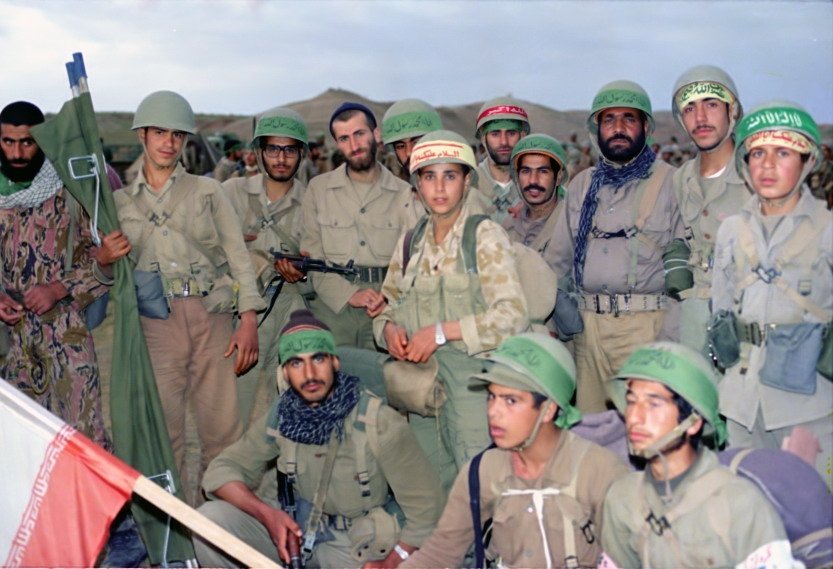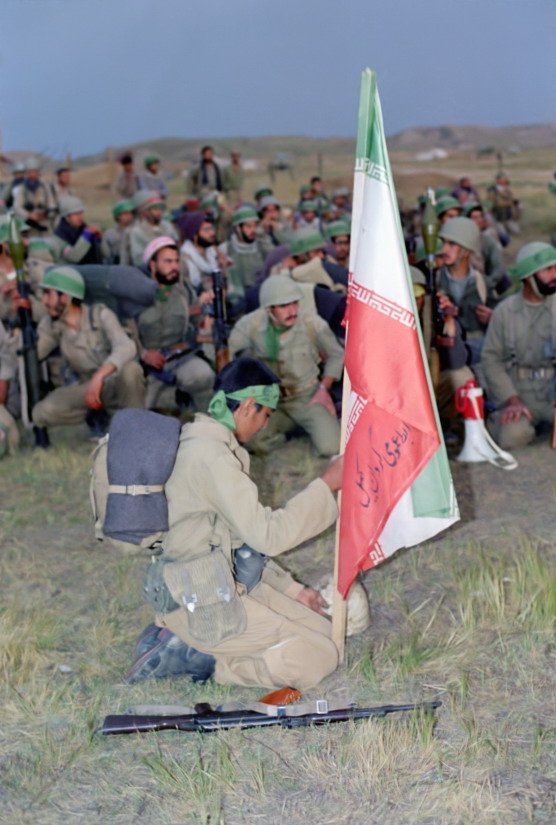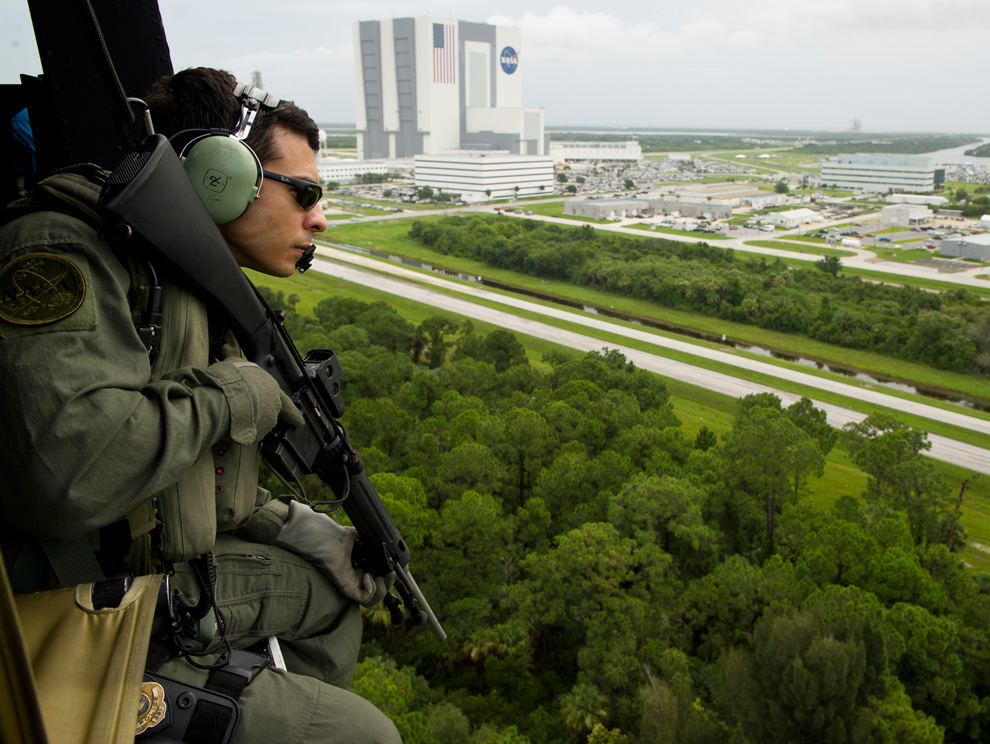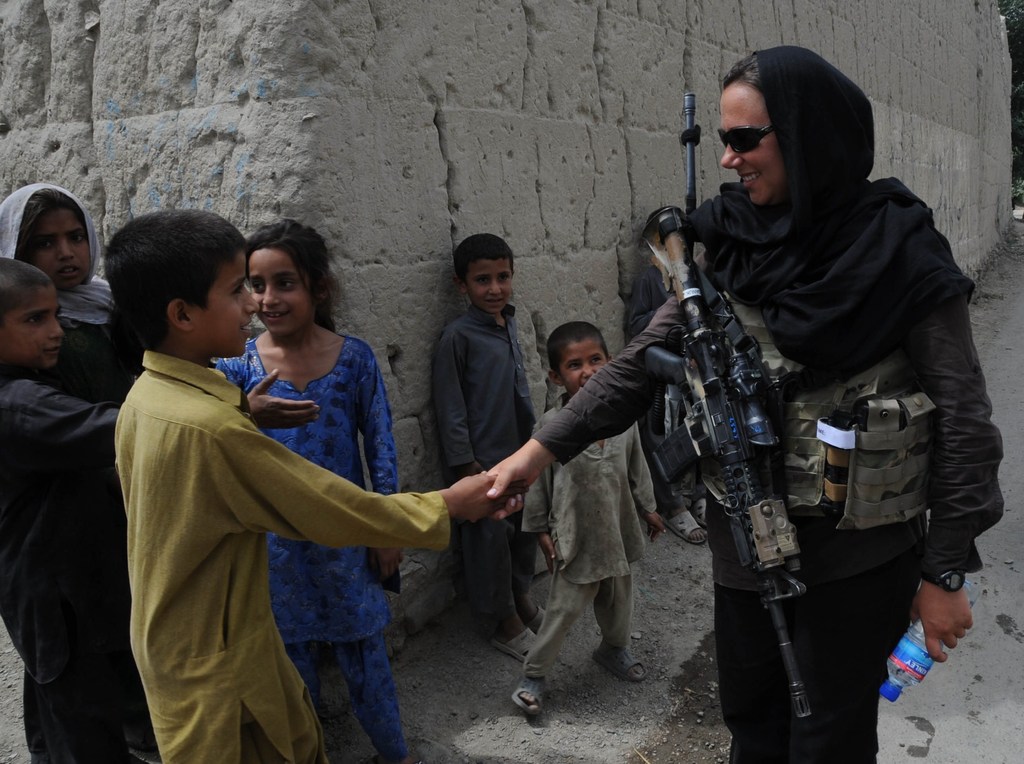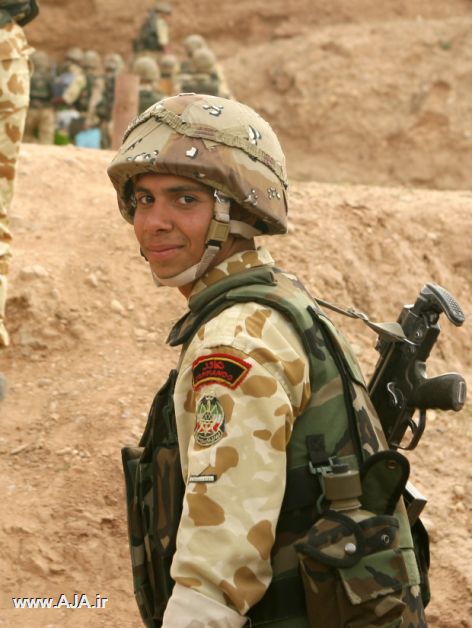
ZITAT
Afghan Commandos, with the Afghan National Army’s 3rd Commando Kandak, shield their faces from flying debris after loading a wounded Commando on aUH-60 Blackhawk helicopter during a village clearing operation in Zhari district, July 6, 2011, Kandahar province, Afghanistan. The Commandos, supported by servicemembers with Special Operations Task Force – South, found and destroyed several caches consisting of homemade explosives and IED-making materials, as well as a weapons cache. (U.S. Army photo by Sgt. Daniel P. Shook)(Released).

ZITAT
Afghan Commandos, with the Afghan National Army’s 3rd Commando Kandak, and a U.S. Air Force Pararescue Jumper, with Special Operations Task Force – South, hurry a wounded Commando towards a UH-60 Blackhawk helicopter during a village clearing operation in Zhari district, July 6, 2011, Kandahar province, Afghanistan. The joint operation resulted in the discovery and destruction of several caches consisting of homemade explosives and IED-making materials, as well as a weapons cache. (U.S. Army photo by Sgt. Daniel P. Shook)(Released).

ZITAT
Afghan Commandos, with the Afghan National Army’s 3rd Commando Kandak, hurry a wounded Commando towards a UH-60 Blackhawk helicopter, as fellow Commandos provide landing zone security, during a village clearing operation in Zhari district, July 6, 2011, Kandahar province, Afghanistan. The Commandos, supported by servicemembers with Special Operations Task Force – South, found and destroyed several caches consisting of homemade explosives and IED-making materials, as well as a weapons cache. (U.S. Army photo by Sgt. Daniel P. Shook)(Released).

ZITAT
Afghan Commandos, with the Afghan National Army’s 3rd Commando Kandak, prepare to load a wounded Commando on a UH-60 Blackhawk helicopter during a village clearing operation in Zhari district, July 6, 2011, Kandahar province, Afghanistan. The Commandos, supported by servicemembers with Special Operations Task Force – South, found and destroyed several caches consisting of homemade explosives and IED-making materials, as well as a weapons cache. (U.S. Army photo by Sgt. Daniel P. Shook)(Released).

ZITAT
Afghan Commandos, with the Afghan National Army’s 3rd Commando Kandak, await medical evacuation for a wounded Commando during a village clearing operation in Zhari district, July 6, 2011, Kandahar province, Afghanistan. The Commandos, supported by servicemembers with Special Operations Task Force – South, found and destroyed several caches consisting of homemade explosives and IED-making materials, as well as a weapons cache. (U.S. Army photo by Sgt. Daniel P. Shook)(Released).

ZITAT
Afghan Commandos, with the Afghan National Army’s 3rd Commando Kandak, rush a wounded Commando towards the medical evacuation site during a village clearing operation in Zhari district, July 6, 2011, Kandahar province, Afghanistan. The Commandos, supported by servicemembers with Special Operations Task Force – South, found and destroyed several caches consisting of homemade explosives and IED-making materials, as well as a weapons cache. (U.S. Army photo by Sgt. Daniel P. Shook)(Released).

ZITAT
An Afghan Commando, with the Afghan National Army’s 3rd Commando Kandak, utilizes a wall for cover and concealment while scanning the area for activity after taking enemy firing during a village clearing operation in Zhari district, July 6, 2011, Kandahar province, Afghanistan. The Commandos, supported by servicemembers with Special Operations Task Force – South, found and destroyed several caches consisting of homemade explosives and IED-making materials, as well as a weapons cache. (U.S. Army photo by Sgt. Daniel P. Shook)(Released).

ZITAT
A U.S. Army Special Forces Soldier, with Special Operations Task Force – South, signals towards a potential enemy fighting position after taking fire during a village clearing operation in Zhari district, July 6, 2011, Kandahar province, Afghanistan. The operation, led by Afghan Commandos with the Afghan National Army’s 3rd Commando Kandak, resulted in the discovery and destruction of several caches consisting of homemade explosives and IED-making materials, as well as a weapons cache. (U.S. Army photo by Sgt. Daniel P. Shook)(Released).

ZITAT
Afghan Commandos, with the Afghan National Army’s 3rd Commando Kandak, utilize a wall for cover and concealment after taking enemy firing during a village clearing operation in Zhari district, July 6, 2011, Kandahar province, Afghanistan. The Commandos, supported by servicemembers with Special Operations Task Force – South, found and destroyed several caches consisting of homemade explosives and IED-making materials, as well as a weapons cache. (U.S. Army photo by Sgt. Daniel P. Shook)(Released).

ZITAT
Afghan Commandos, with the Afghan National Army’s 3rd Commando Kandak, react after taking enemy firing during a village clearing operation in Zhari district, July 6, 2011, Kandahar province, Afghanistan. The Commandos, supported by servicemembers with Special Operations Task Force – South, found and destroyed several caches consisting of homemade explosives and IED-making materials, as well as a weapons cache. (U.S. Army photo by Sgt. Daniel P. Shook)(Released).













































































